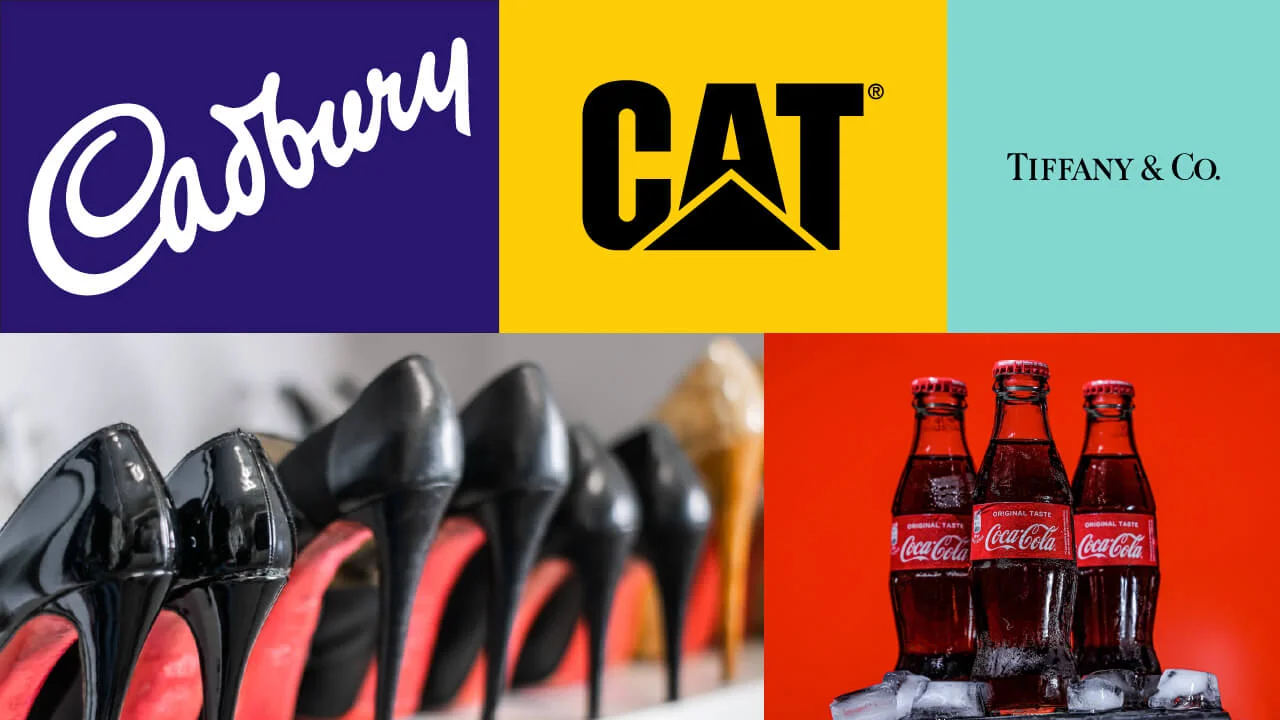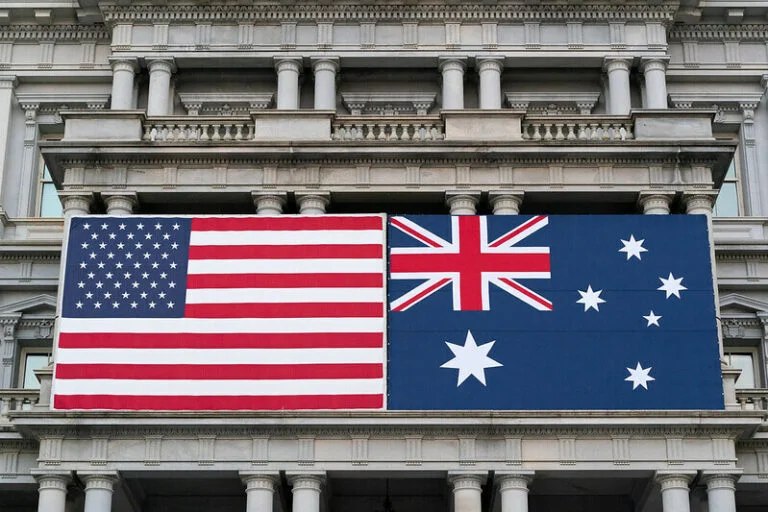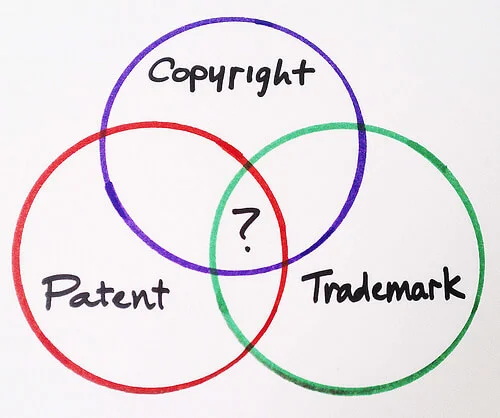Can you trademark a color?
Colors and specific color combinations are being repeatedly used by corporations in their products, product packaging, advertising, and other sale forums. Consumers are not only aware of such usage but are also subconsciously attracted to such products due to the repeated use of certain colors and color combinations building a strong brand persona. Therefore, colors and color combinations are essential for the identification of trademarks for both the seller as well as the buyer.
KEY TAKEAWAY
Under Trademark Law in most countries, a color trademark is a non-conventional trademark that can be registered but is contingent upon the fulfillment of various factors such as acquired distinctiveness, functionality, and acquired secondary meaning, depending on country-specific requirements.
While the fear of establishing monopolies has been affecting the protection of color trademarks, the courts in the United States and the European Union have struck a balance between competition amongst entities and the protection of color trademarks. This article will briefly analyze intellectual property judgments given by the courts in the United States and the European Union to explain whether one can trademark a color.
Can you trademark a color in the United States?
The Lanham Act defines a trademark as “any word, name, symbol, device or any combination thereof that is used to identify and distinguish one’s goods or services from those of other sources”. Although this definition does not include color marks, single colors and color combinations can be trademarked if they’re used in products, product packaging, or services. It is pertinent to note that colors that are primarily identified with particular goods and services are not only tangible but also protectable assets.
The following judgments provide for a better understanding of the requirements for the protection of color trademarks in the United States of America:
Owens Corning Famous “Pink Panther” Fiberglass Insulation
In re Owens Corning Fiberglass Corporation, 774 F 2d 1116 (Fed Cir 1985)

Keeping aside the conventional notion of trademarks, the Federal Circuit upheld the protection of the pink color trademark used for insulation by Owens Corning Fiberglass Corporation. The Federal Circuit opined that the objective of the Lanham Act is that “if a mark is capable of being or becoming distinctive of applicant’s goods in commerce, then it is capable of serving as a trademark”.
Furthermore, the Federal Circuit rejected the arguments against color trademarks, such as “shade confusion” (i.e., even in the presence of unlimited color shades, there would be increasing disputes over the probability of confusing a particular shade with a trademark on that color) and “color depletion” (i.e., a limited number of colors would eventually bar other entities from entering the market).
Qualitex Green-Gold Dry Cleaning Press Pads
Qualitex v. Jacobson Products Co., 514 US 159 (1995)

The issue before the Supreme Court was “can a color be registered as a trademark?”. The Supreme Court answered in the affirmative and held that a color trademark can be registered so long as it complies with the ordinary requirements of trademark registration. Furthermore, the Supreme Court devised the “functionality test” to limit trademark protection. According to the test, if an entity’s exclusive use of a color mark would put the competitors of the entity at a disadvantage, the color mark would be functional (however, such a disadvantage cannot be reputational).
Christian Louboutin’s Iconic Red Soles
Christian Louboutin SA v. Yves Saint Laurent Am Holding Inc., 778 F Supp 2d 445 (SDNY 2011)

The issue before the Second Circuit was “can the ‘red sole’ be registered as a trademark?”. The Second Circuit devised the “aesthetic functionality test” and held that while a mark may not be inherently distinctive, it can acquire distinctiveness if it establishes a “secondary meaning” in the public eye. A “secondary meaning” is said to be established if the color of the product leads to the identification of the source of the product rather than the identification of the product itself.
Can you trademark a color in the European Union?
In principle, most of the interpretations made by the courts in the United States also apply to the European Union. For instance, functional color marks (i.e., if the color mark signifies something other than the origin of the product) are usually impossible to protect under the intellectual property law regime in the European Union.
The following judgments provide for a better understanding of the requirements for the protection of color trademarks in the European Union:
Libertel’s Orange for Telecommunications Products
Libertel Groep BV v. Benelux-Merkenbureau, (2003) E.T.M.R. 63 (ECJ)
The European Court of Justice held that color is merely a property of a thing and cannot be constituted as a sign. The European Court of Justice further emphasized the existence of the “Pantone Code” that provides for different numerical codes to color shades for identification. Thus, it was concluded that a color mark can be registered so long as it satisfies a three-fold test i.e., it is a sign, it is capable of being graphically represented and it must be distinctive.
Here, the following was explained:
- The “sign” and “graphic representation” must be clear, precise, self-contained, easily accessible, intelligible, durable, and objective.
- Color is capable of constituting a “sign” with products or services.
- While a mere reproduction of a color mark on paper is an insufficient graphic representation, a color mark along with worded description can be a sufficient graphic representation.
- It is impractical for a color mark to be “distinctive” without its prior use and public interest doesn’t permit the sole use of a particular color by only one entity. Therefore, color marks can usually only be registered for specific products or services, and not for all.
The Case of the Cadbury Purple in the United Kingdom
Société des Produits Nestle S.A. v. Cadbury, (2012) EWHC 2637 (Ch)

In 2008 Cadbury’s application to register a shade of the color purple as its trademark in relation to chocolates was accepted and then later opposed by Nestle. The England and Wales High Court rejected Nestle’s opposition and held that a specific shade of the color purple (Pantone 2685C) was registrable as a trademark for the following goods: milk chocolate in bar and tablet form; milk chocolate for eating; drinking chocolate; preparations for making drinking chocolate. The courts normally maintain that awarding a trademark of a single color, as opposed to a combination of colors, would lead to acquiring a legal monopoly over the color and would give the owner an unfair advantage over other companies/brands. However, it was found based on the evidence provided, that the public associated the color purple itself with Cadbury’s chocolate. Therefore, Cadbury was entitled to a registered trademark for that specific color purple in relation to the aforementioned goods.
Summary
Due to the lack of a uniform rule, non-conventional trademarks may face procedural problems with their registration. It is very often difficult to extend protection to non-conventional trademarks (i.e., color, sound, smell, etc.) due to the prerequisites of graphical representation, distinctiveness, and functionality. However, as can be seen above, courts around the world have been analyzing various situations and setting precedents for the protection of non-conventional trademarks. Some of the popular examples of color trademarks include the following:
- Tiffany & Co.’s “tiffany blue”
- John Deere’s signature color combination of green and yellow
- The Hershey Company’s Reese’s Peanut Butter Cup orange trade dress
- United Parcel Service of America, Inc. UPS, and its “UPS brown” trademarked color
- T-Mobile and its parent company, Deutsche Telekom, claim a specific color of magenta
- The Home Depot and its parent company, HomerTLC, with its distinguished orange trademark color
It is clear that courts do not apply a uniform rule in all cases, and make a decision according to the facts and circumstances in each specific case. For instance, in a recent decision in Japan, the court refused to grant trademark protection to Christian Louboutin for its “red sole” as it was likely to cause confusion with Eizo Co. Ltd.’s trademark. Extreme care should be used if you plan to undertake a trademark application with a specific color claim, as these matters are complex and require the experience of a licensed trademark lawyer.






